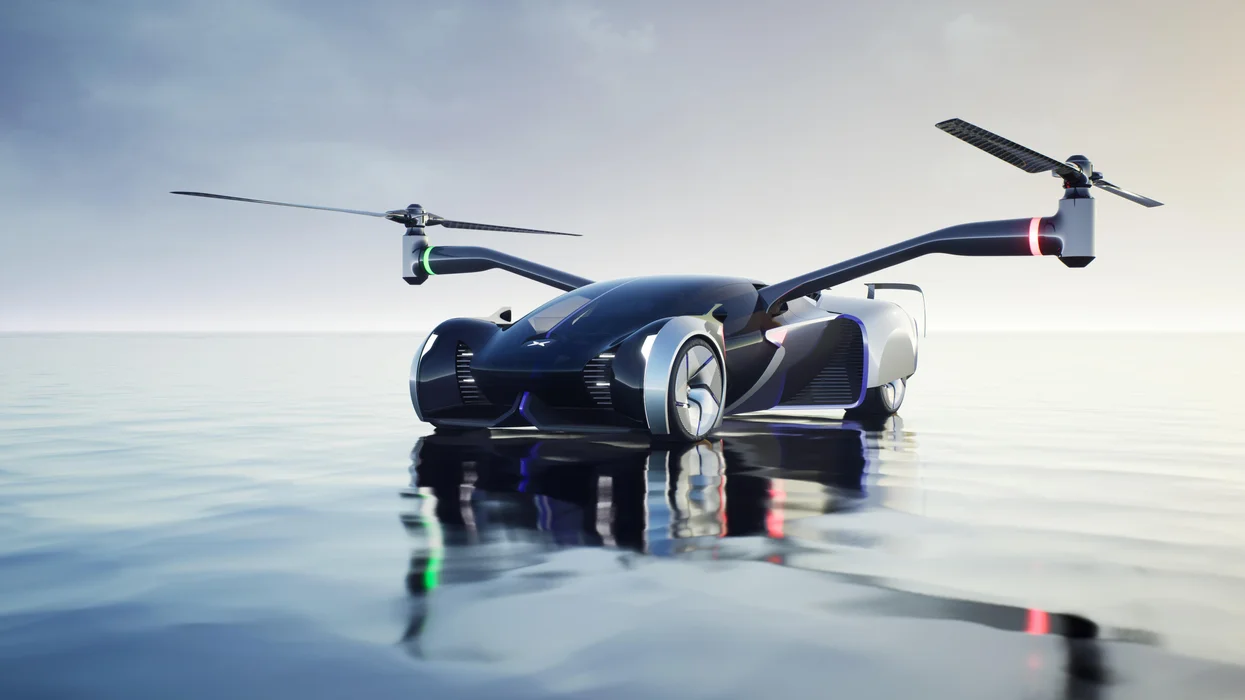
In the ever-evolving landscape of transportation, the realm of science fiction has often tantalized us with visions of flying cars zipping through the skies. These whispered rumors of airborne commuting have intrigued and captivated our collective imagination for decades. But are we on the cusp of turning these whispered rumors into reality? Let’s delve into the exciting developments, challenges, and potential impact of flying cars.
The Quest for Aerial Commuters
From the pages of science fiction novels to the screens of Hollywood blockbusters, the concept of flying cars has been a staple of futuristic visions. Whispers of engineers and innovators striving to bring this dream to life have circulated for years. As technology progresses and urban congestion worsens, the need for innovative solutions becomes more pressing.
In recent times, advancements in electric propulsion, autonomous navigation, and materials science have breathed new life into the whispered rumors. Several prominent players, including aerospace giants and startups, have taken up the challenge to turn this sci-fi fantasy into an everyday mode of transportation.
Current State of Affairs: Where Are We Now?
As we stand on the precipice of a potential revolution in transportation, it’s crucial to understand the current state of affairs. A handful of prototypes have taken to the skies, showcasing the viability of electric vertical takeoff and landing (eVTOL) vehicles. These aircraft combine the agility of helicopters with the efficiency of electric propulsion, aiming to make urban air mobility a reality.
Prominent companies like Uber, Airbus, and Boeing have entered the arena, pouring resources into research and development. These efforts have borne fruit in the form of working prototypes and successful test flights, marking significant strides toward turning whispered rumors into tangible innovation.
Challenges on the Flight Path
While the dream of aerial commuting is tantalizing, it’s not without its challenges. The integration of flying cars into existing urban infrastructure presents a complex puzzle. Air traffic management, noise reduction, safety regulations, and public acceptance are just a few pieces of this intricate puzzle.
Moreover, addressing the energy demands of flying cars and developing sustainable power sources is crucial. The transition from fossil fuels to electric propulsion is a promising step, but it comes with its own set of technological hurdles.
Navigating Regulatory Horizons
Whispers of whispered rumors have often centered on the question: “When will we see flying cars in our cities?” The answer involves not only technological innovation but also regulatory frameworks. Government agencies around the world are collaborating with industry leaders to establish guidelines for safe and efficient urban air mobility.
The Federal Aviation Administration (FAA) in the United States and the European Union Aviation Safety Agency (EASA) are actively engaged in shaping the future of aerial commuting. Striking the right balance between innovation and safety is paramount, and these agencies are tasked with ensuring that the whispered rumors of flying cars become a reality without compromising public well-being.
The Potential Impact
If these whispered rumors materialize into a tangible reality, the impact on various aspects of our lives could be profound. Imagine a commute that transcends traffic jams, reducing travel times and enhancing productivity. The landscape of urban design might also undergo a transformation, as parking spaces give way to landing pads and garages evolve into charging stations.
Furthermore, flying cars could revolutionize emergency medical services, disaster relief, and logistics. Remote areas could become more accessible, bridging gaps in healthcare and essential services. The possibilities are as limitless as the sky itself.
Final Words
In conclusion, the whispered rumors of flying cars are no longer confined to fiction. With the convergence of technology, innovation, and regulatory efforts, aerial commuting inches closer to becoming a reality. The sky may soon become not just a destination but a pathway to a new era of transportation.
Commonly Asked Questions
Q1: Are flying cars a new concept?
A1: No, the idea of flying cars dates back decades, with visions appearing in literature and media. However, recent technological advancements have brought us closer to realizing this concept.
Q2: How do flying cars work?
A2: Flying cars, often referred to as eVTOLs, use electric propulsion and vertical takeoff and landing capabilities. They combine the features of helicopters and planes, allowing for urban air mobility.
Q3: What challenges do flying cars face?
A3: Challenges include air traffic management, noise reduction, safety regulations, infrastructure integration, and energy efficiency. Overcoming these hurdles is crucial for widespread adoption.
Q4: When can we expect to see flying cars in action?
A4: Prototypes and test flights have already taken place, but widespread commercial use might still be several years away. Regulatory approvals and infrastructure development play a significant role in determining the timeline.
Q5: How might flying cars change our lives?
A5: Flying cars could revolutionize transportation, reducing commute times, easing urban congestion, and enabling access to remote areas. They could also reshape urban design and emergency services.












